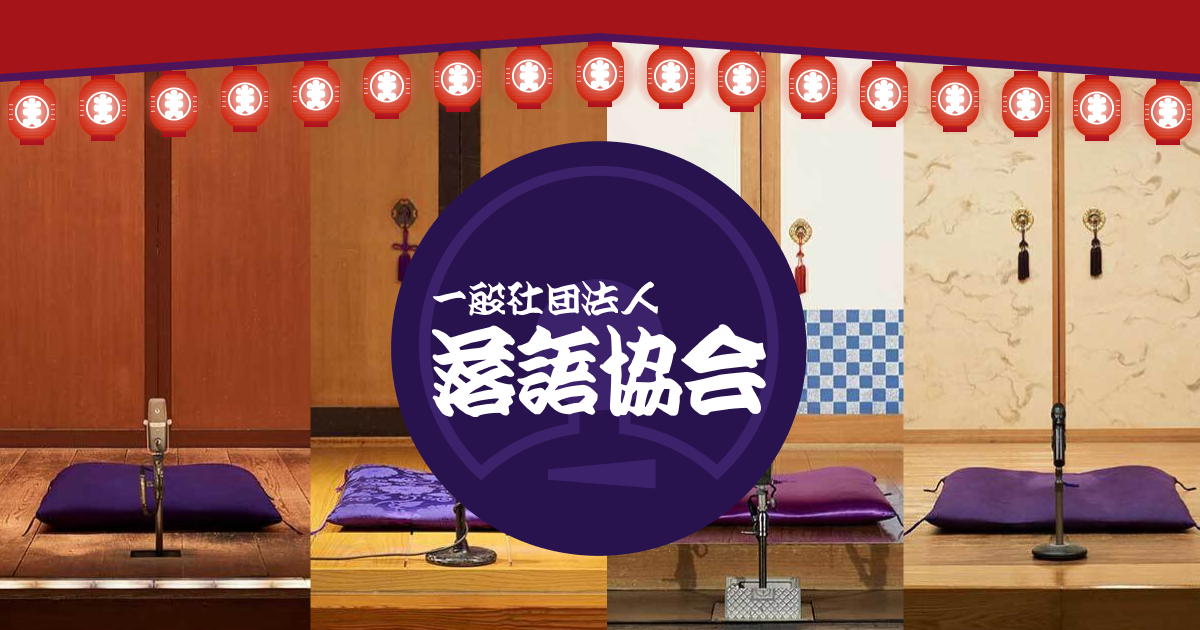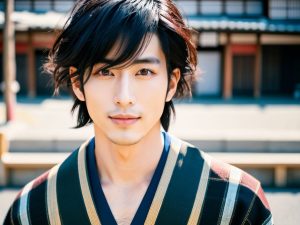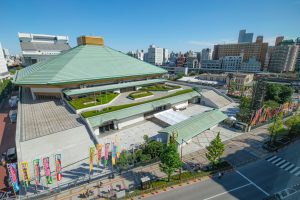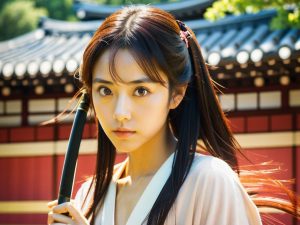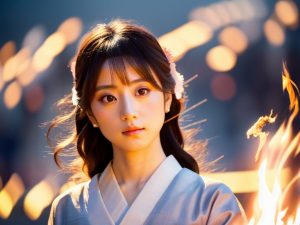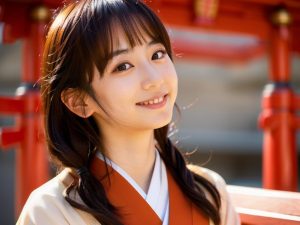Rakugo, one of Japan’s traditional forms of entertainment, has been beloved since the Edo period and continues to capture people’s hearts today. Performed on a small stage called “koza,” a rakugo storyteller (hanashika) uses only words, expressions, and gestures to make the audience laugh or feel moved. This article explores the charm of rakugo, introduces beginner-friendly stories, and shares fascinating facts you may not have known about this unique Japanese art form.
What is Classical Rakugo? Characteristics and Enjoyment of Traditional Stories

Classical rakugo refers to performances based on stories created between the Edo and Taisho periods. Famous examples such as Jugemu and Time Udon have universal themes and humor that have captivated audiences for generations.
Key Features of Classical Rakugo
- One storyteller enacting multiple roles
Rakugo storytellers bring multiple characters to life by changing their tone of voice, expressions, and even subtle mannerisms. Their extraordinary ability to shift between roles dominates the stage and amazes audiences. - The art of timing
One of rakugo’s greatest strengths lies in its mastery of timing. Pausing between lines to create anticipation is a deliberate technique that makes punchlines land perfectly, leaving the audience roaring with laughter.
Why Everybody Loves Rakugo
Rakugo stories are filled with relatable, human elements. The characters and situations often mirror everyday life, leaving the audience thinking, “That reminds me of someone I know!” This familiarity helps rakugo transcend time and connect with modern audiences.
Modern Love for Rakugo
The manga Akane-banashi has become a sensational work that introduces the charm of rakugo to a new generation. The story follows Akane, a high school girl striving to become a rakugo performer, inspired by her father’s legacy. Through her rigorous training and personal growth, the series delivers both inspiration and entertainment. Featuring real classical rakugo stories, the manga vividly portrays the depth and appeal of the art form. The intense storytelling scenes highlight the performers’ passion and the importance of timing in rakugo, making it accessible even to beginners. Akane-banashi bridges tradition and modernity, offering readers a fresh way to experience the rich world of rakugo.
Beginner-Friendly Rakugo Stories
Rakugo can be enjoyed whether you’re new to the art form or not. Here are some beginner-friendly stories that are as entertaining as they are accessible, even for those unfamiliar with Japanese.
Jugemu
Jugemu is the quintessential rakugo classic. It’s a comedic tale where a child’s hilariously long name causes chaos. The highlight of this story is how the performer skillfully repeats the full name without missing a beat. Full of wit and chaos, this piece offers endless laughs and is ideal for rakugo beginners. Its timeless humor also makes it a hit with both kids and adults alike!
Time Udon
This gem of Kansai rakugo humor features two sly men trying to con a noodle shop owner by cheating on their payment. What makes Time Udon so funny is its clever dialogue, slapstick, and perfect comedic rhythm. Packed with Osaka’s local flavor and cultural essence, this story showcases Kansai’s wit and charm. A must-listen for those curious about Kansai culture or fans of lighthearted comedy.
Shibahama
A beautiful, emotionally-rich story, Shibahama is a masterpiece of rakugo’s sentimental side. It tells of a poor husband who finds a bag of money, setting off a series of events that blur the lines between dreams and reality. It is a tale of personal growth and marital love, with a poignant conclusion that leaves a lasting impression. Widely performed at the end of the year, this story is perfect for those craving not just humor but also meaningful narratives.
Fascinating Facts About Rakugo

The Hidden Meaning Behind Rakugo Performer Names
The stage names used by rakugo performers often have historical or familial significance. “Katsura” or “Shunpūtei” are examples of names bestowed by their mentors, which hint at the performer’s school or lineage. Understanding these connections offers a glimpse into rakugo’s hierarchical tradition.
English Rakugo is Thriving
In recent years, there has been a rise in English-language rakugo. Performers like Katsura Kaishi have brought rakugo to international audiences, receiving high praise for their efforts. Their performances blend traditional Japanese humor with modern sensibilities, making rakugo more accessible worldwide.
Where to Watch Rakugo? Must-Visit Rakugo Theaters
Tokyo and Osaka are home to many permanent rakugo theaters, known as “yose.” These spaces make it easy for beginners to explore rakugo and for seasoned fans to enjoy a more immersive experience. Here are some popular venues:
Tokyo
Asakusa Entertainment Hall
Asakusa Entertainment Hall is a historic yose that operates year-round. Here, you can watch rakugo, manzai (comedy duos), kodan (narrative storytelling), and more. Conveniently located in a traditional area of Tokyo, the theater is a popular stop for tourists exploring Asakusa. Its diverse lineup caters to everyone from first-timers to veterans.
Ikebukuro Engei Theater
Known for its warm and friendly atmosphere, Ikebukuro Engei Theater is one of the most approachable rakugo venues in Tokyo. Visitors can enjoy a variety of performances, including magic shows and family-friendly acts, in addition to rakugo. The cozy setting allows for an intimate connection with the performers, making it a great option for new audiences.
Osaka
Tenman Tenjin Hanjotei
Osaka’s Tenman Tenjin Hanjotei is Japan’s only theater dedicated exclusively to rakugo. Established in 2006, it is now a cornerstone of Kansai culture and a hub for enjoying authentic kamigata (Osaka-style) rakugo. The modern facility provides a comfortable setting while retaining the charm of a traditional yose, drawing both locals and tourists alike.
Pairing Rakugo with Local Cuisine
A visit to a rakugo theater is even better when combined with exploring local food. Before or after a show, consider enjoying a meal that complements your cultural outing. In Asakusa, the renowned Asakusa Imahan offers traditional sukiyaki, while in Osaka, Tempura Daikichi serves unforgettable tempura dishes. Both spots are conveniently located near their respective theaters, making them perfect for a complete day of cultural immersion.

Discover Japanese Culture Through Rakugo

Rakugo is a journey into Japan’s humor, history, and storytelling traditions. With its universal themes and engaging performers, even those new to the art form will find rakugo delightful and deeply satisfying. Whether you enjoy comedic classics like Jugemu or heartfelt stories like Shibahama, visiting a yose is an experience that will deepen your appreciation for Japan’s rich cultural heritage. Take the step and experience rakugo for yourself—it’s a laugh and a lesson in one!



